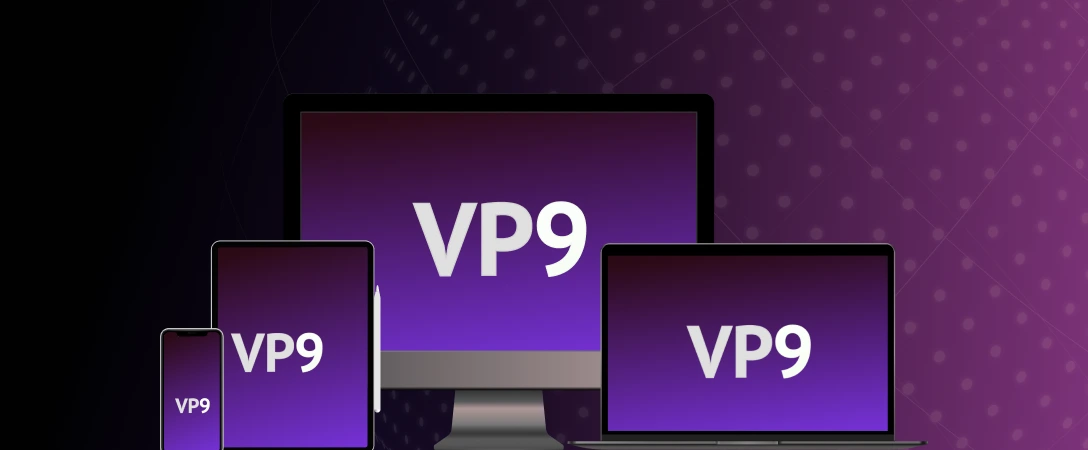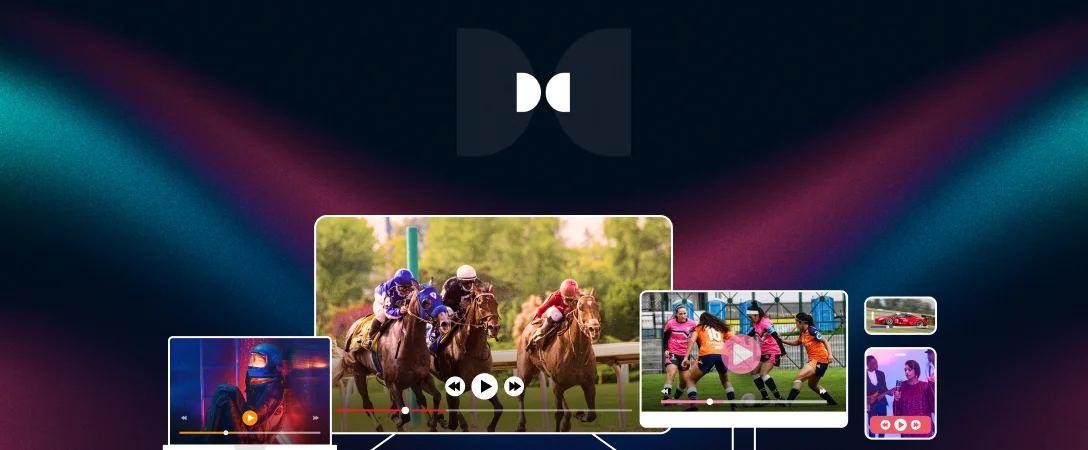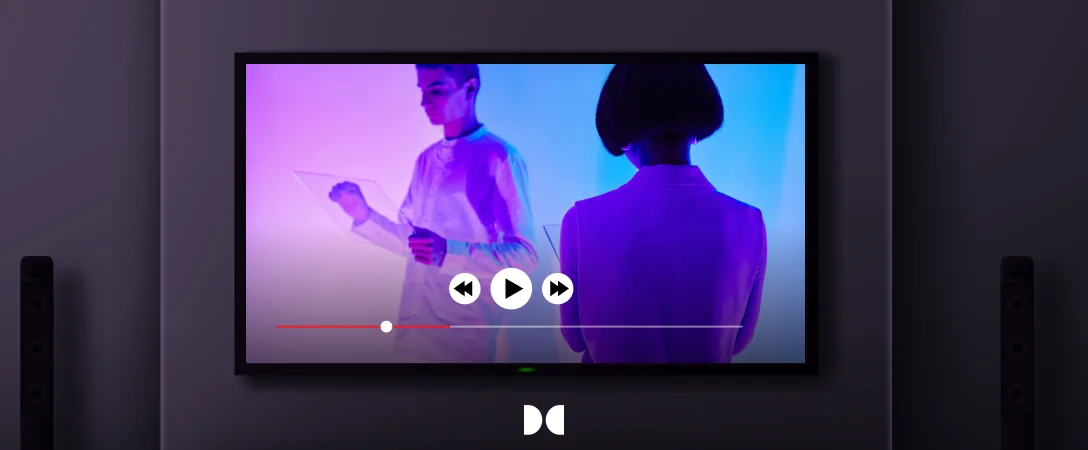Thanks to an iOS update release in early 2020, it is now possible to use VP9 for streaming everywhere, including on Apple devices and all major platforms. That means H.264 and other popular codecs have less of a hold on the streaming industry, making way for VP9 and other more efficient codecs.
In this guide, we will discuss the VP9 codec and how Apple’s compatibility updates in recent years have affected its adoption. We’ll also quickly review the history of VP9 and other modern codecs and explain how VP9 works in Dolby.
A brief history of modern codecs for livestream encoding
The H.264 codec, also known as Advanced Video Coding (AVC), has been reliable for the past two decades. Initially released in August 2004, it remains the go-to choice for ensuring your content can play on any device. However, from an efficiency standpoint, it’s outdated technology as many improvements to encoding technology have been made since its inception.
H.265, or High-Efficiency Video Coding (HEVC), was released in June 2013, and VP9 was released about a week later.
Neither of these codecs has yet achieved widespread adoption. The main reason is that neither codec provided comprehensive device coverage at their inception, requiring a dual codec approach that increases encoding and storage costs. In addition, H.265 is also plagued by licensing issues, making it unclear who needs to be paid to use it.
Since H.265 and VP9 are not widely used, you may wonder why they are even discussed. This generation of codecs boasts impressive gains in compression efficiency. Both codecs have efficiency gains of around 40-50%. The potential cost reduction is massive if you’re storing an extensive video library or streaming large amounts of content.
Is adoption of the VP9 codec growing?
As mentioned, VP9’s biggest downside has historically been its lack of compatibility. Until 2020, VP9 was not supported by Safari. This was a massive issue considering iPhones make up nearly 58% of the mobile phone market share in the United States and close to a third of the global market share.
It is worth noting that Apple documentation still recommends using h.264 and h.265 to operate on iOS. However, from using the technology, we know the update to Safari 14 made the browser compatible with VP9.
One clear hint is found when analyzing YouTube’s traffic to iPhone devices. YouTube seems to stream HLS with VP9 to iPhone devices, which are playable in Safari’s video element. While it’s unclear how long this has been going on, this setup works efficiently.
Furthermore, VP9 in ISO base media file format (ISOBMFF)/CMAF/MP4 containers works well with HLS natively. VP9 is also supported on iPadOS and macOS. Streaming is less straightforward with these tablet and desktop operating systems than on iPhone, but it is still achievable with HLS.
Although VP9 has yet to become the go-to technology for encoding, it has the potential to grow in popularity.
Pros and cons of using VP9 for encoding
Like any technology, there are pros and cons to streaming with the VP9 codec. By understanding the strengths and drawbacks of the technology, you can identify whether or not it’s the best option for you.
With that said, the main pro to using VP9 is that it is now highly compatible with a broad collection of operating systems. This means the days of using a dual codec setup to reach users on all types of devices and browsers are over.
When you crunch the numbers, they indicate a 3x increase in compute requirements for VP9. However, since this codec improves efficiency by up to 50%, it is still significantly more cost-effective when compared to H.264.
Using VP9 in Dolby
Since it is compatible with Apple operating systems, VP9 can now run HLS streams with VP9 in ISOBMFF on all major platforms with support for Dolby OptiView Player (previously THEOplayer). This makes VP9 a viable option for Dolby users.
The team at Dolby implemented the HLS with an AV1 combination in some forward compatibility for those platforms where AV1 is already enabled. Furthermore, after running new builds of the player on different devices using their automated testing platform, they found that the current changes enable VP9 in HLS on Tizen and webOS.
With the proper setup, it is possible to support older devices with the help of VP9, including Tizen 2.3 (2015 TVs) and webOS 3.0 (2016 devices). Unsurprisingly, VP9 works flawlessly on other major platforms like Android TV, FireTV, and Roku.
However, it’s worth noting that while possible, it is not standard to use VP9 to encode in Dolby. HEVC and AV1 remain the go-to codecs.
Conclusion
Although H.264 has provided excellent support over the past years, broadcasters can achieve more efficient encoding with the VP9 codec. Now that VP9 is iOS-compatible, it removes previous audience limitations, allowing you to create a universal streaming experience.
No matter which codec you choose for your streaming setup, it’s important to keep cost, efficiency, and compatibility in mind. Get in touch to learn how you can leverage VP9 and other powerful video codecs to reach a broader audience and boost your revenue.








